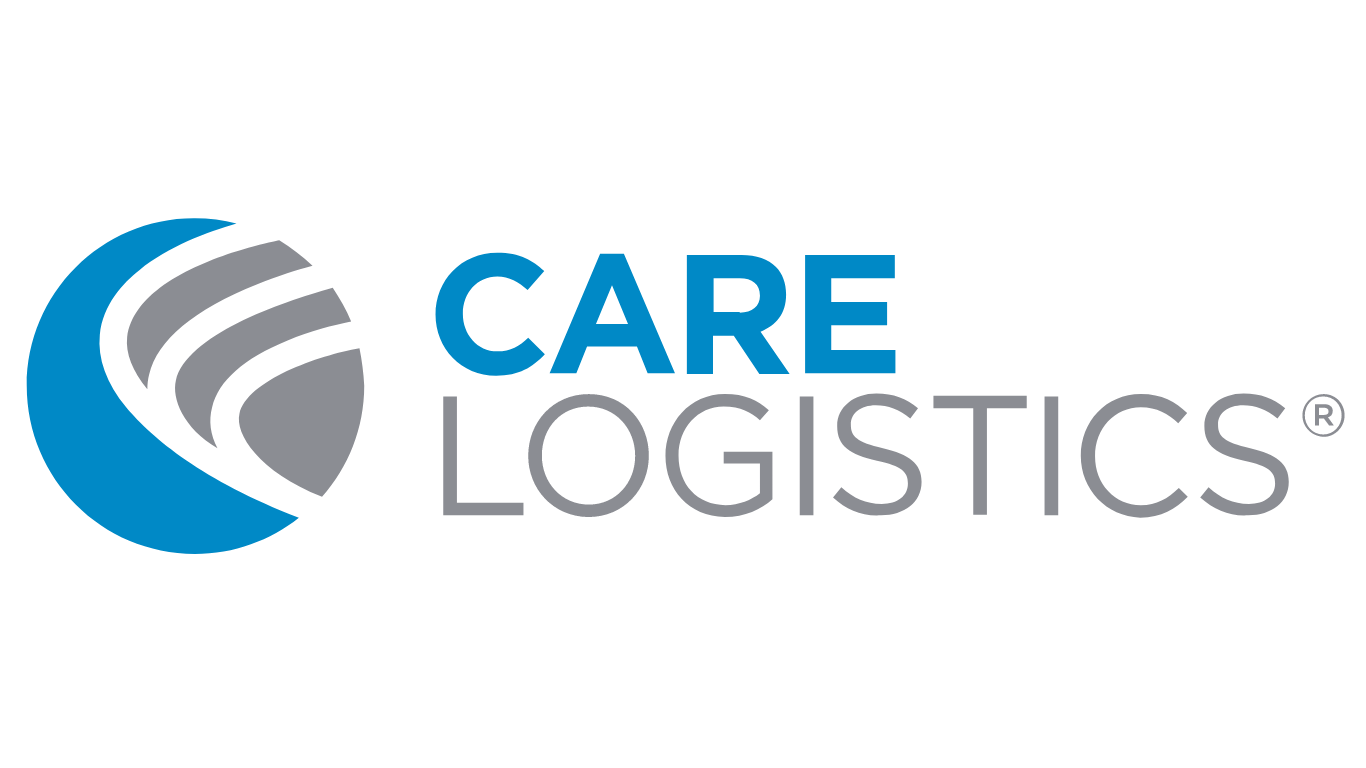Status Inpatients Correctly, Collect $4,000
By Kristen Wilson
Most of you are likely familiar with the saying “Do not pass go, do not collect $200”. When thinking about a patient’s hospital stay, $200 may not seem like that much, but what if instead of losing $200, you were potentially losing $4,000 on one patients stay? Is that enough to get your attention? Did you know that Medicare pays roughly $4,000 less for an observation visit than an inpatient discharge (this is a conservative estimate) and approximately 20% - 25% of patients are on Medicare? Care Logistics customers average 25.9%¹ as traditional Medicare, whereas Definitive Healthcare has found that 19.8% of patients have traditional Medicare as their Financial Payor.² Statusing patients, especially those on Medicare, incorrectly can cost a hospital millions of dollars every year.
Let’s consider statistics for two hospitals (Fig. 2). But, before we get started, it is important to make sure that you understand the definition of Observation Rate. Observation Rate is the percentage of observation patients divided by the sum of observation patients and acute inpatient discharges (Fig. 1).
For Medicare patients, an appropriate target for Observation Rate is 20%. Benchmark is 17%. (Care Logistics customers are at 17.9%.¹)
Both Hospital 1 & Hospital 2 are starting with 5,423 Medicare visits (Total Acute Discharges plus Observation Visits).³ Hospital 1 is starting with an Observation Rate of 35%, an Acute LOS of 6.00, and an Observation LOS of 1.60. Hospital 2 is starting with a lower Observation Rate and LOS for both Acute Discharges and Observation Visits (an Observation Rate of 25%, an Acute LOS of 5.50, and an Observation LOS of 1.35). Each hospital has two different Observation Rate targets: Target 1 is 20% and Target 2 is 17% (benchmark). No additional improvements to performance, i.e., reduction of patient days, are included in this example.
Assuming Hospital 1 was able to achieve a 20% Observation Rate (Target 1), 813 Observation Visits are now being statused as Acute Inpatient Discharges, bringing the total Acute Discharges to 4,338. Assuming an average LOS of 2.0 (longer Observation LOS visits) for the converted cases, an additional 1,627 days are added to Acute Patient Days, bringing the total Acute Patient Days to 22,777. This lowers the Observation Visits to 1,085 and the Observation Days to 1,410. Now, when Acute LOS is calculated, it is 5.25, a reduction of 12.5%. Observation LOS has been reduced by 18.8% to 1.30. Using the estimated additional $4,000 in revenue for an inpatient case, Hospital 1 has added $3.3 million in revenue. This is all done by correctly statusing without any additional improvement to patient throughput.
Achieving the benchmark target of 17% (Target 2), Hospital 1 would lower their acute LOS to 5.13 (reduction of 14.5%) and their Observation LOS to 1.18 (reduction of 26.5%) for the additional $3.9 million in revenue.
Hospital 2 starts with better performance (Observation Rate = 25%, Acute LOS = 5.50, and Observation LOS = 1.35). However, there is still opportunity for Hospital 2. If they were to achieve Target 1 of 20%, their Acute LOS would decrease 4.0% to 5.28, and their Observation LOS would decrease 12.0% to 1.19. The financial benefit for this improvement is $1.1 million. If Hospital 2 were to achieve benchmark performance, Acute LOS would be at 5.16 (6.1% improvement), and Observation LOS would be at 1.04 (decrease of 22.7%). Benchmark performance for Observation LOS is 1.0, and Hospital 2 is just about there without any additional improvement to patient throughput. This adds an additional $1.7 million of revenue.
Overall, revenue increased from $1.1 million to $3.9 million in these four different examples for only Medicare patients, which account for 20% - 25% of patients. If $200 or $4,000 didn’t get your attention, those numbers should. Congratulations, you’ve passed go and collected $3,900,000.


